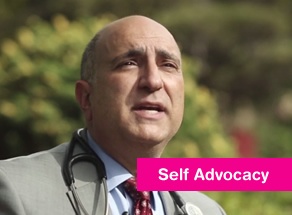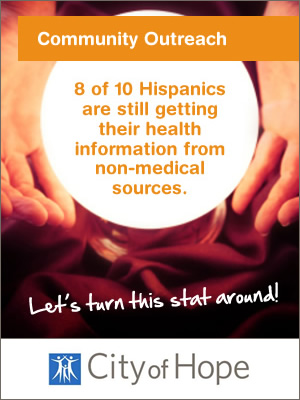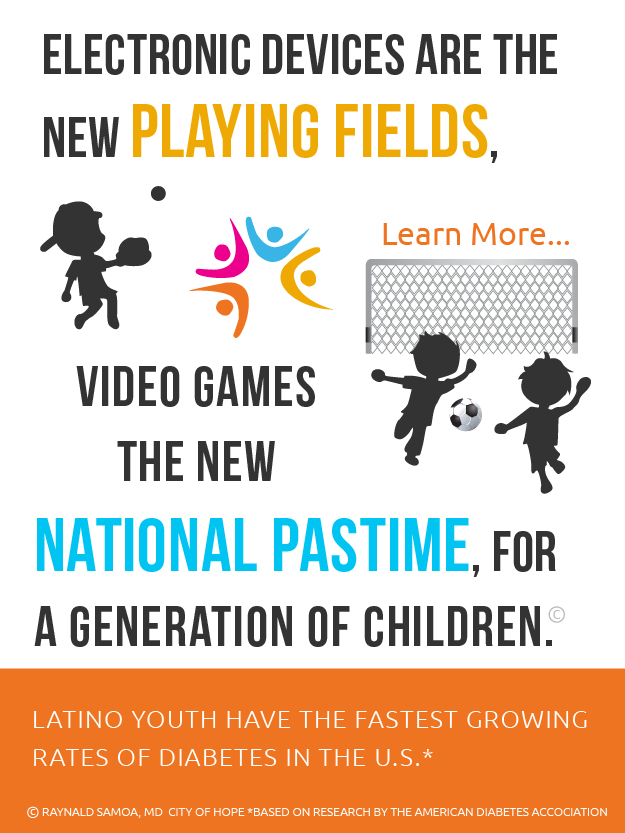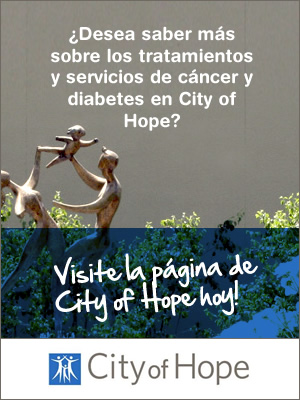Personalized Care
Cultural Values of Latino Patients and Families
25/08/2015 11:00am | 29866 viewsread moreTreatment Insights
NIH Releases Results from Landmark Hispanic Health Study
02/03/2014 01:36pm | 20217 viewsThe National Institutes of Health (NIH) has released initial findings that show significant variations in disease prevalence and health behaviors among Hispanics.
The findings suggest Hispanics are a diverse group, not only in ancestry, culture, and economic status, but also in the prevalence of several diseases, risk factors, and lifestyle habits.
Personalized Care
Why Many Latinos Dread Going to the Doctor
03/06/2014 05:57pm | 12268 viewsHow cultural barriers can be more important than income
Recent studies have found that Latinos are the racial and ethnic group least likely to visit the doctor. More than one-fourth of Latino adults in the United States lack a usual healthcare provider and almost half of Latinos never visit a medical professional during the course of the year. Other reports show that Latinos are more likely than members of other groups to delay healthcare for an illness or drop out of treatment when symptoms disappear.
Personalized Care
Capacity Building in the Hispanic Community: A Mission to Improve Health and Lives
29/08/2013 07:17am | 10801 viewsCapacity building refers to those activities that a non-profit engages in to achieve, improve upon and sustain its mission over time. These activities are usually focused on ways to engage and better address the needs of the community, as well as develop the infrastructure to support such activities and document the impact – which if successful means the ability to serve more and more members with greater benefit to the community.
Healthcare Disparities
Can Black and Latino Doctors Solve the Primary-Healthcare Crisis?
09/10/2013 04:05pm | 11319 viewsWhile the Affordable Care Act will provide health-insurance coverage for 32 million previously uninsured individuals (most of them lower-income Blacks and Latinos), there’s a serious concern that there won’t be enough physicians to treat these patients. And will new physicians understand the needs of a previously uninsured, undertreated and less-health-aware population?








